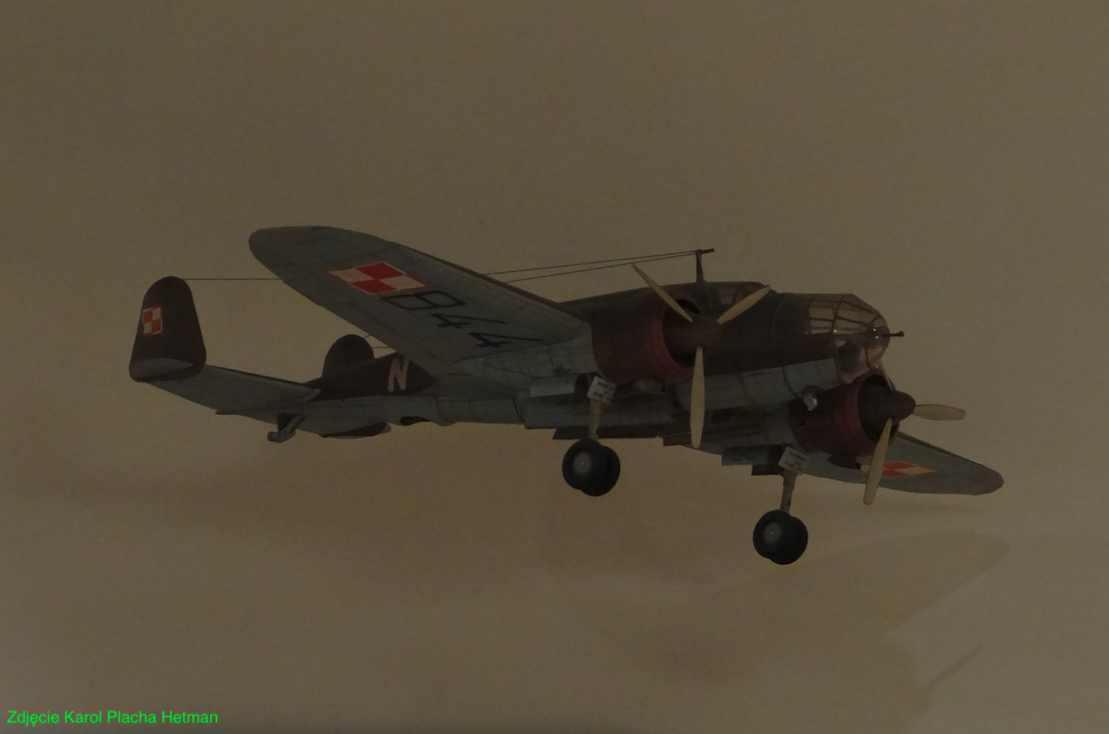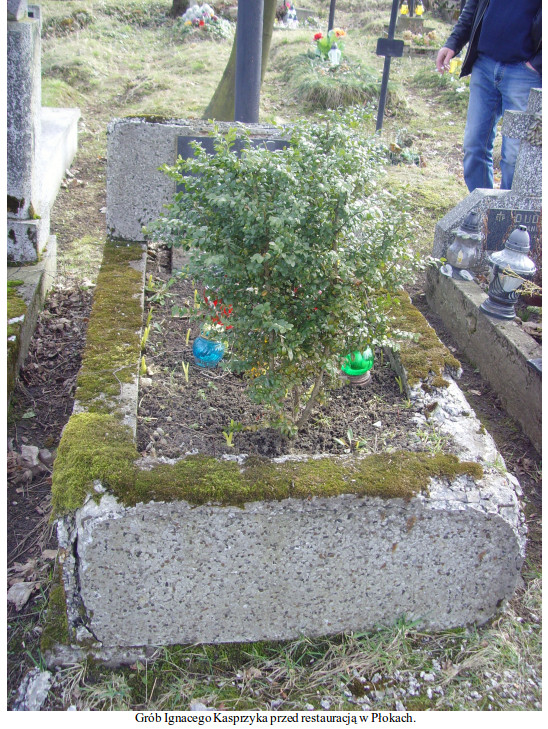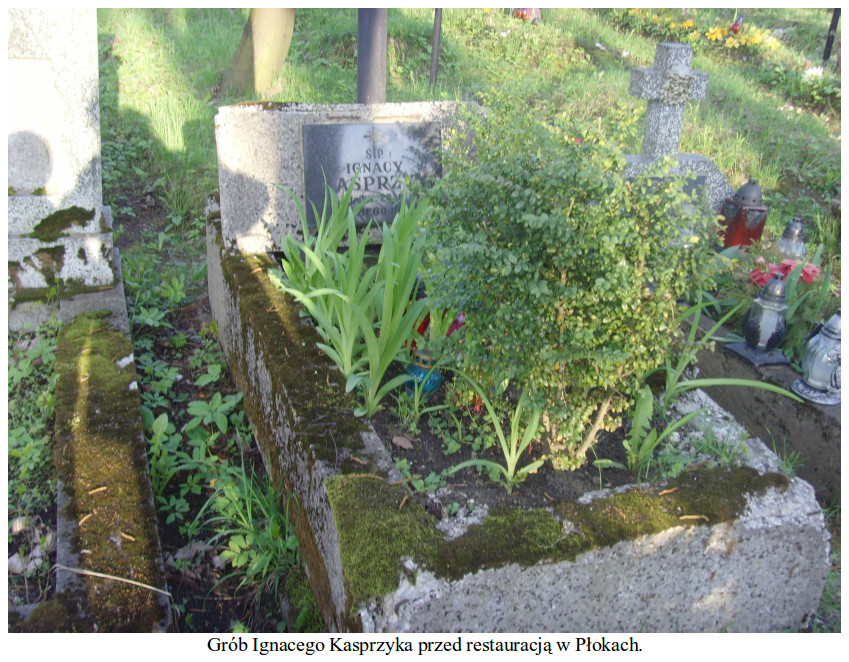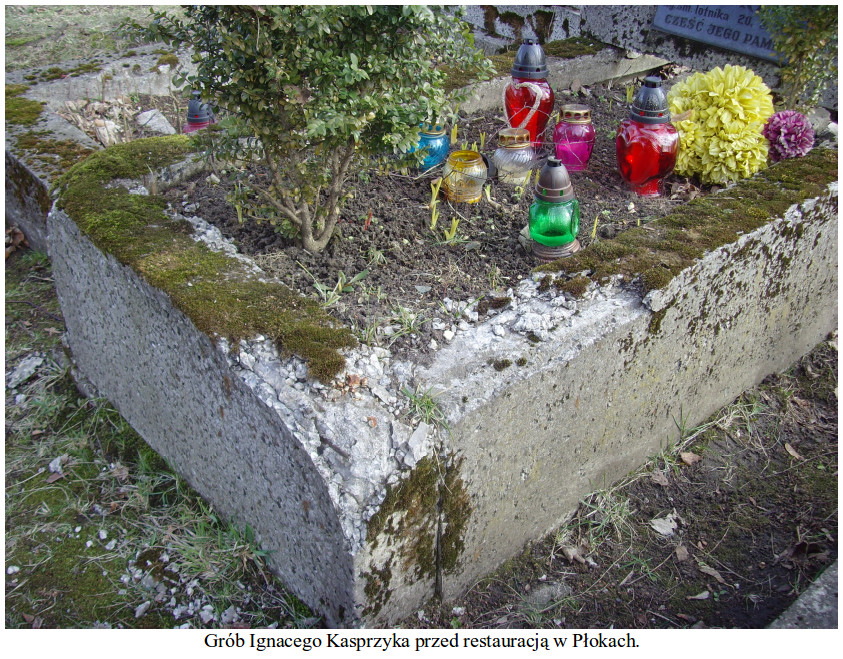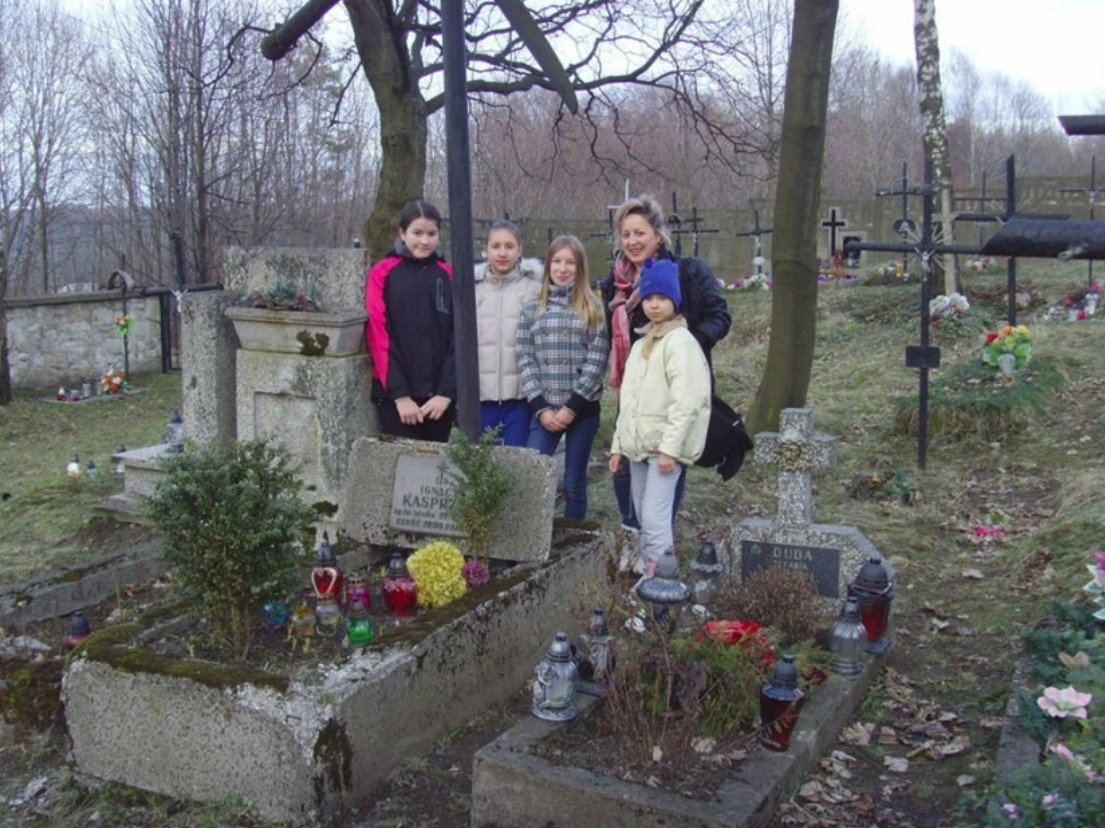Kraków 2016-06-25
Ignacy Kasprzyk.
PZL-37 Łoś disaster on June 20, 1938.
Part I
On June 19, 2016, near Krakow, near Trzebinia, in the small town of Płoki, an unusual ceremony took place. The restored tomb of aviation master Ignacy Kasprzyk was unveiled, who was buried in the parish cemetery at the Temple – Sanctuary of Our Lady in Płoki 78 years ago.
Ignacy Kasprzyk was born in Płoki on December 3, 1909. At that time, Płoki was part of the Austrian partition and was subject to the Free City of Kraków. Father Józef, mother Honorata. Ignacy Kasprzyk graduated from primary school and then vocational school, specializing in mechanics. As a ten-year-old, he watched the Republic of Poland regain its independence. He was called up for military service and assigned to the 2nd Aviation Regiment in Krakow in Rakowice. After training, during the unitary period he was assigned to the technical staff servicing aircraft. He was very interested in this occupation, so much so that he remained in the professional service of the Polish Army. He was assigned to the 6th Aviation Regiment based at the modern Sknilovo airport in Lviv. Here he graduated from aircraft mechanics school and was appointed a professional non-commissioned officer. In Lviv, he deepened his practice. He was diligent, hard-working, conscientious, with an above-average interest in aviation. After several years of work, he became a high-class specialist, which did not go unnoticed by his superiors. He was sent to Warsaw with assignment to the Independent Experimental Squadron, where he took part in work related to testing aircraft newly introduced into service in the Polish Military Aviation.
On June 20, 1938, Ignacy Kasprzyk died as a pilot in an accident over the town of Dąbrówka near Piaseczno, during a test flight of the PZL-37 A Łoś bomber prototype. In accordance with the will of the family, he was buried in the parish cemetery in his hometown of Płoki.
PZL-37 Łoś
The PZL-37 Łoś plane was a medium, twin-engine, super modern bomber plane, developed by PZL-Okęcie under the supervision of Eng. Jerzy Dąbrowski. The plane’s first flight took place on December 13, 1936. The aircraft tests were conducted by the Aviation Technical Institute. During them, over 600 defects were removed and approximately 250 structure modifications were made. Efforts were made to refine the design as much as possible so that the aircraft could be handed over to the Polish Army and possible foreign customers as a fully successful one. Several trial series machines have already been built, which had doubled main landing gear wheels, but still had a single vertical tail.
On June 20, 1938, one of the PZL-37 Łoś aircraft was prepared for another test flight. The crew consisted of three pilots: platoon pilot Stanisław Macek (1907-1938, one of the most experienced acrobatic pilots, member of Jerzy Bajan’s group), private assistant mechanic Mieczysław Sioch (1914-1938) and our hero, flight engineer Ignacy Kasprzyk. The crew received a flight certificate for higher pilotage, i.e. aerobatics at medium altitude. While making a loop, the plane’s wing fell apart. The machine fell to the ground, burying the crew in its remains. The aircraft program was stopped for a month. The commission investigating the causes of the disaster discovered faulty riveting of the wing caissons made of Junkers corrugated sheet metal. It was impossible to determine whether it was another sabotage, of which several had already been reported. Especially in engine production. The remaining planes were dismantled to remove faulty riveting. The same was done with 20 sets of ready-made wings. As a result, the delay was approximately three months. Despite this, the PZL-37 Łoś wrote a beautiful page in the Defense War of 1939 against the Germans. The death of these young pilots was not in vain.
The town of Płoki.
On the initiative of the Historical Circle in Płoki, in the old parish cemetery located next to the local Marian Sanctuary, the grave of senior aviation foreman Ignacy Kasprzyk, who is a local hero, was restored in 2016.
78 years have passed since the burial. Time took its toll and the tombstone fell into disrepair. In order to preserve the memory of Ignacy Kasprzyk among the local community (and not only them), the Historical Circle in Płoki decided to rebuild the tomb-monument. Most importantly, the plan was implemented thanks to people of good will who showed their commitment. Mention should be made here of the Memoria Potocki Foundation from Płoki, the Kam-Bull Plant of Mr. Krystian Bogacki from Psary, the Ogrodomania Center from Trzebinia and Mr. Tomasz Piszczek – a councilor from Psary, who provided valuable historical materials to the initiators of the project.
The ceremonial unveiling and consecration of the new tombstone-monument to Ignacy Kasprzyk took place at noon on Sunday, June 19, 2016. The dignified celebrations began at 11:00 a.m. with a Holy Mass celebrated at the local Sanctuary of the Nativity of the Blessed Virgin Mary. The Eucharist was presided over by Parish Priest Piotr Miszczyk, and Father Piotr Iwanka participated in the concelebration. Residents of Płoki and invited guests were present at the ceremony. The act of unveiling was performed by: Mr. Dariusz Tomsia (president of the Memoria Potocki Foundation) and Mrs. Beata Trębecka (vice-president of the Memoria Potocki Foundation). The tomb was consecrated by Father Piotr Miszczyk (custodian of the Marian Sanctuary in Płoki, at the same time parish priest of the local parish dedicated to the Nativity of the Blessed Virgin Mary).
The driving force behind the entire project was Mrs. Beata Grylowska, the founder of the Historical Club in Płoki, and the day-to-day manager of the Rural Cultural Center in Płoki, operating within the structures of the Trzebiński Cultural Center. It was Ms. Beata who was able to mobilize young people with her involvement, involve reverend priests and find sponsors. Mrs. Beata Grylowska plans to make subsequent anniversaries of Ignacy Kasprzyk’s death an opportunity to meet at the grave-monument in order to cultivate the memory of this noble man and the beautiful history of the Republic of Poland.
Prepared by Karol Placha Hetman
Please see Part II.
PS. Some of the information was taken from the book "In Memory of Fallen Airmen 1933-1939" by A Popiel.


